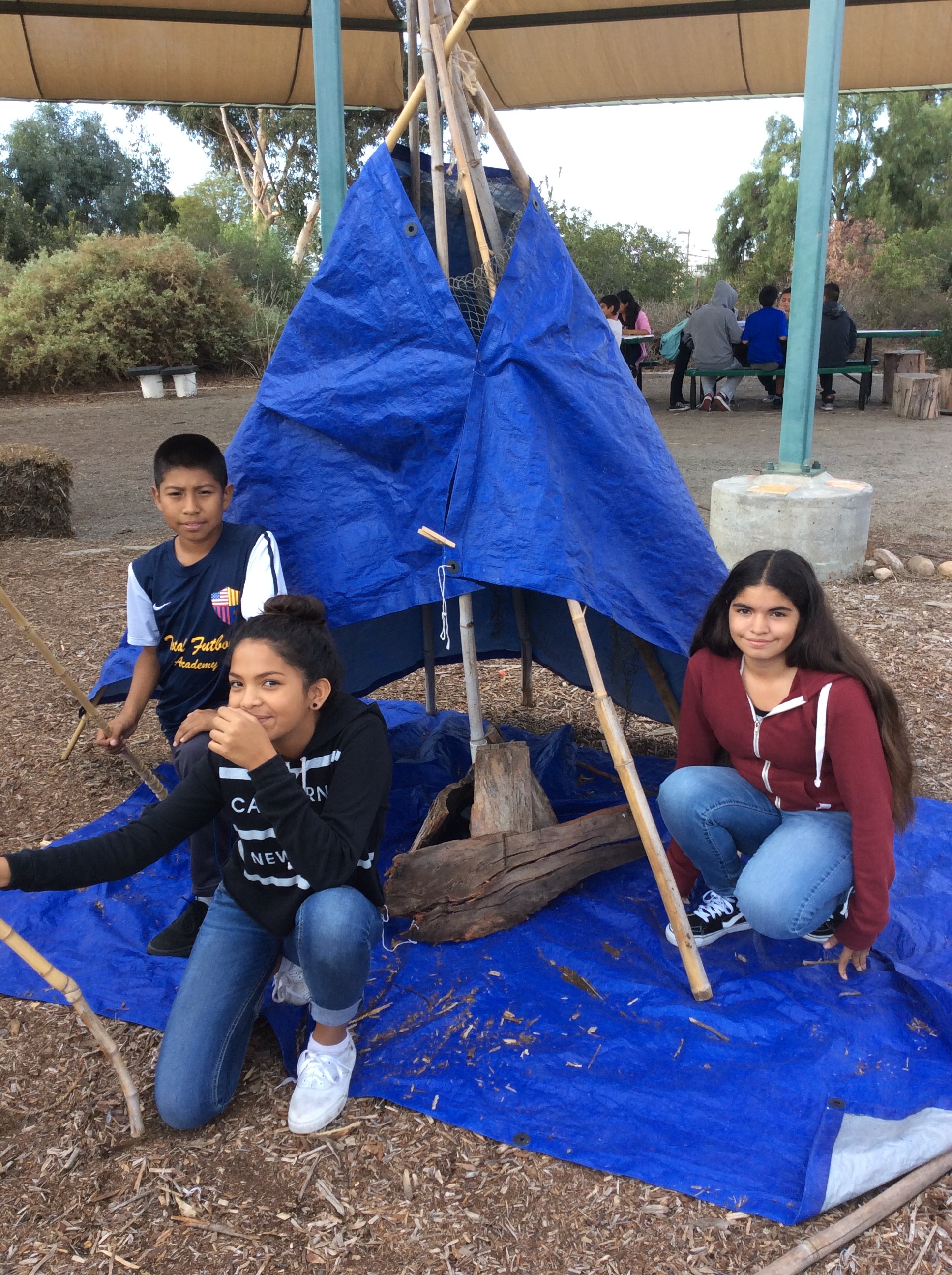Jacobs Center Launches Education Program with Groundwork San Diego
![image[2]](https://www.jacobscenter.org/wp-content/uploads/2016/02/image2.jpeg)
Education dazddzafdk
has been an integral part of the Jacobs Center for Neighborhood Innovation’s mission since our inception. We’ve worked with organizations and schools in Southeastern San Diego to improve reading levels, instill vital lessons in STEM and the arts, close summertime learning gaps, and provide guidance to parents hoping to build a brighter future for their children.
We are excited to announce another partnership that will further the educational opportunities for students in Southeastern San Diego’s Diamond Neighborhoods. The Jacobs Center has launched an education program with Knox Middle School and Groundwork San Diego, an organization that works to maintain and improve Chollas Creek and promote environmental, economic, and social vitality.
In November 2015, 500 students from Knox Middle School took nine separate field trips to visit Groundwork’s EarthLab UCSD Community Station, a four-acre outdoor space where students engage in science and technology education. These field trips served as preparation for a large-scale project in which Knox students, with the help of EarthLab educators, will build a 6,000-square-foot habitat on the middle school’s campus. The project will be called Native Habitat.
Students learned and planned for Native Habitat through educational activities:
- Native plants scavenger hunt: Students received color photos of native plants before setting out to explore natural habitats to locate and identify these plants, learning their uses in the process. They then discussed the concept of biodiversity and how this is an important factor in designing the Native Habitat at Knox Middle School.
- Freestyle engineering with items from nature: Students were provided various items from nature, which they then used to build their own creations based on their own experiences. This helped enhance their creative abilities and free-form engineering skills. Students will transfer these skills to designing and building their own Native Habitat.
- Art contest: The art contest was designed to give students a sense of ownership of the Knox Native Habitat. Student artists were tasked with designing an emblem/logo/symbol to represent their new Native Habitat. Designs could incorporate flora, fauna, Chollas Creek, and ideas related to environmental conservation, the EarthLab, and the Knox Native Habitat.
- Animal evidence scavenger hunt: Students learned how to find physical traces of wildlife in habitats. They looked for scat, burrows, nests, webs, bones, fur, feathers, hives, and plant markings. Students will connect the knowledge gained from this activity to the habitat that they construct at school.
- Watershed ecology interactive exhibit: The exhibit illustrated the various pollutants that enter the Chollas Creek watershed and San Diego Bay. Pollution abatement solutions were provided, and student ecologists gained a deeper understanding of how our watershed functions. They were thus empowered to make positive changes in their own behavior and to teach their families the importance of conservation and how it relates to our native habitats.
- Plant propagation: Students engaged in comparing and planting native plants and toured the native plant propagation center. There they observed the similarities and differences between black sage, white sage, monkey flower, and buckwheat, after which they propagated sage plants to take back to school to use in the plant pallet design of the Native Habitat.
Through these activities, students learned a great deal about their community and the environment as a whole and discovered ways to sustainably improve the natural landscape.
Phase 2 of the project, beginning this February, will engage students in the build out of the 6,000 square foot Knox Native Habitat, a process which will be integrated into four core science classes and cover roughly 15 Next-Generation Science Standards. Once the Native Habitat at Knox is completed, phase 3 will sustain the project serving approximately 500 students each year thereafter as project-based learning and continuing to cover 15 Next-Generation Science Standards each year (five per grade level).
The Jacobs Center is excited to help develop future science and technology leaders in the Diamond Neighborhoods who will no doubt create a better, greener world locally and beyond!

![image[4]](https://www.jacobscenter.org/wp-content/uploads/2016/02/image4.jpeg)
![image[5]](https://www.jacobscenter.org/wp-content/uploads/2016/02/image5.jpeg)
